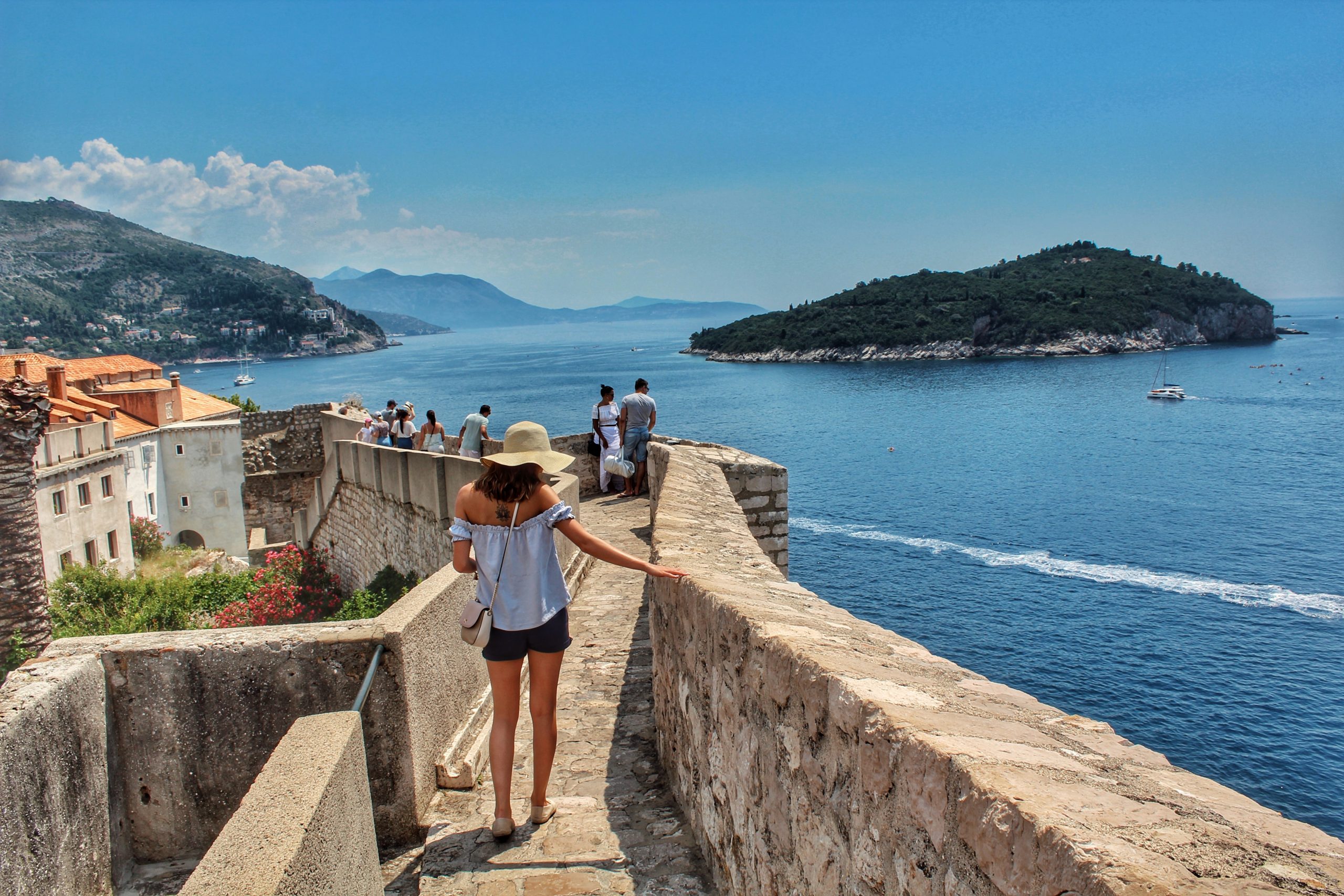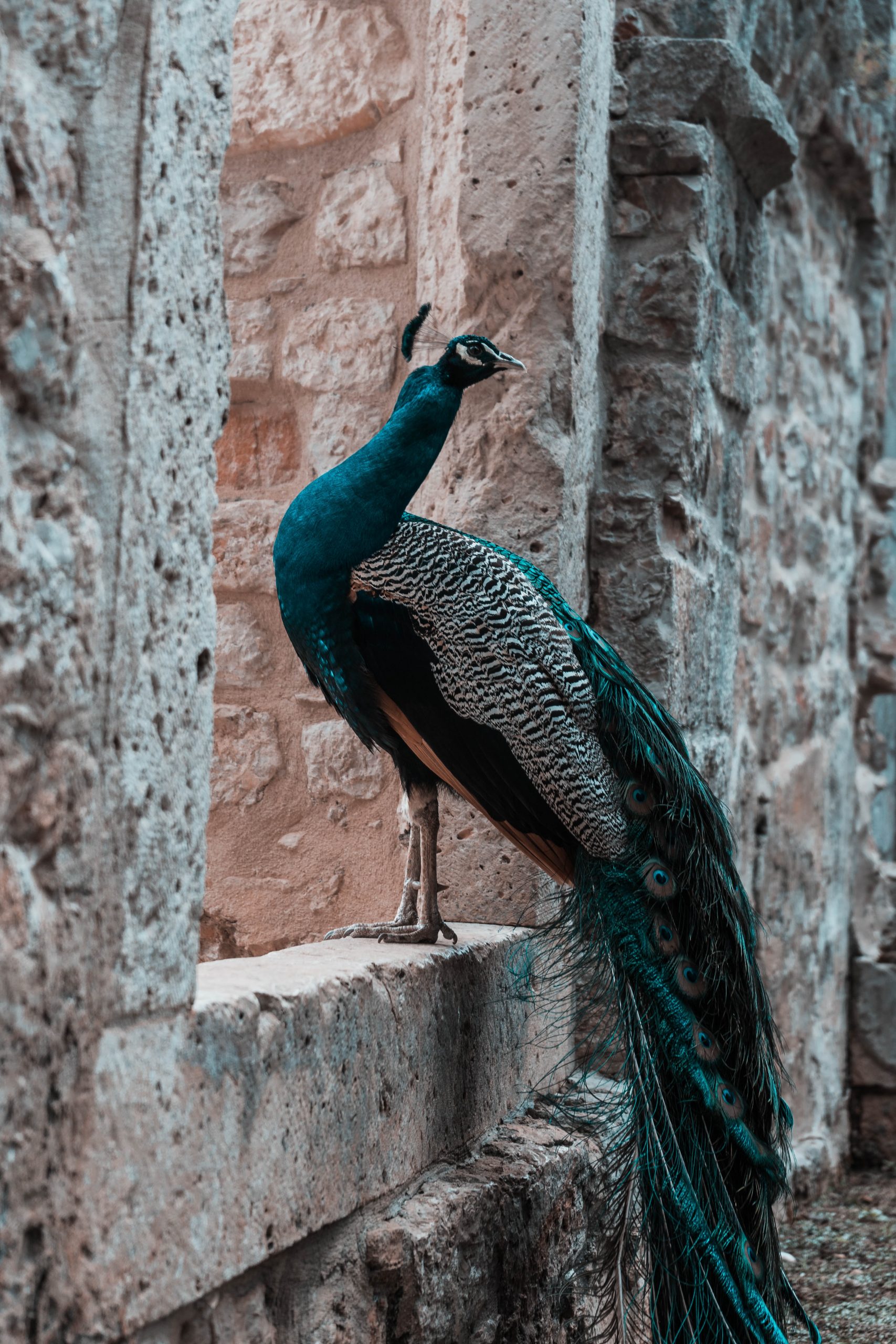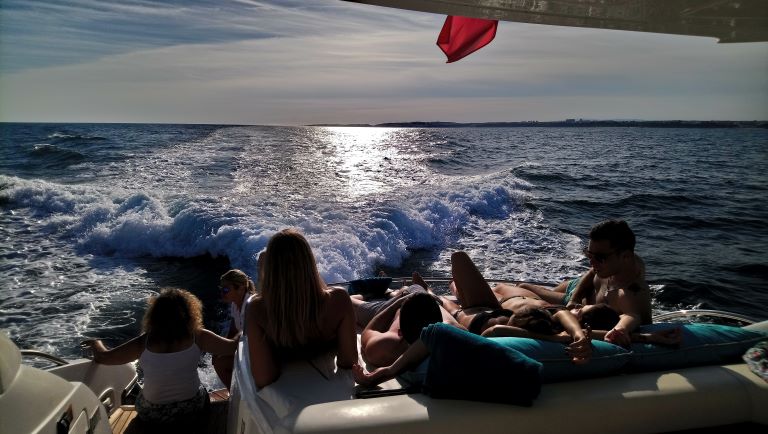The history of island Lokrum
In the summer, nature enthusiasts, who make up the majority of tourists, would enjoy a nice dip to cool off and island Lokrum provides the ideal opportunity. The name is thought to be derived from the Latin word “acrumen,” which means “bitter fruit.” Even now, lemons and oranges thrive on Lokrum.
The island’s edge has been defined by the water. Wind gusts slamming with considerable force on the cliffs of Lokrum’s eastern and southern portions during the more violent storms. The Dead Sea, a pond formed by decades of storms and the unique geology of the island’s stony shoreline, is another natural wonder of Lokrum.
The island has a long history; was first referenced in a petition to Benedictine Petar from the city Magistrate and Dubrovnik Archbishop Vital in 1023, demanding the establishment of a monastery on Lokrum. A Benedictine monastery was founded in the 11th century, and the city of Dubrovnik donated the monastery the entire island to help it support itself. The monastery had a lookout, and it was the monks’ responsibility to notify Dubrovnik of approaching boats through smoke signal or bonfire during times of war or disease.


Legendary English King Richard the Lionheart travelled through Lokrum, and the people of Dubrovnik encouraged him to visit their city. The King had apparently experienced problems with his fleet during the expedition, and he vowed that if he survived, he would built a chapel in the first place he stepped foot on. This occurred on the Lokrum Island. The wise people of Dubrovnik requested permission to utilize Richard’s finances, which were destined for the construction of the Lokrum church, to construct a cathedral in their city, the church and cathedral stands to this day. The Benedictines had become a rising burden to the Republic after the disastrous earthquake in 1667, therefore the citizens of Dubrovnik petitioned the Pope for permission to sell Lokrum, arguing that the Republic no longer had the finances to support such institutions. From 1800 to 1803 around the turn of the century, the Dubrovnik government sold Lokrum to private bidders. In the year 1806 In the same year, French soldiers entered the city, and Fort Royal was established at Lokrum’s tallest peak. The island’s ownership changed frequently over the years, but for the most part, it was owned by the Austrian Habsburg family. Maximillian Habsburg, first visited the area as a result of a terrible catastrophe. As a tribute, a cross was built in the northern area of Lokrum. Maximillian began construction on a summer mansion on the site of an earlier Benedictine monastery almost immediately after purchasing the island. Many natural and heritage relics were destroyed during building, and the inside of the previous monastery was significantly transformed. For millennia, Lokrum was largely unexplored. Its appearance was well planned, and you can see it at every turn as you go around the island. The trails are the sole additions, along with the occasional hedge or grove of trees. Lokrum is now a popular tourist attraction when visiting Dubrovnik, as well as a UNESCO-protected special reserve of woodland vegetation. As a result, endangering the island’s natural and cultural resources is prohibited.


